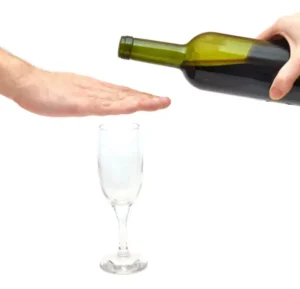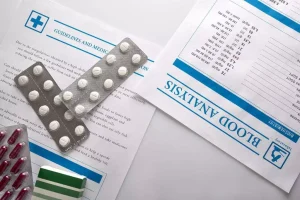
There is higher tolerance and dependence with the most severe physical damage to the body. Individuals in this stage meet at least five to six criteria from the DSM-5 criteria, indicating a significant progression toward severe alcohol use disorder. Sunshine Behavioral Health strives to help people who are facing substance abuse, addiction, mental health disorders, or a combination of these conditions. It does this by providing compassionate care and evidence-based content that addresses health, treatment, and recovery. If you think a family member or loved one might be showing signs, signals or symptoms of alcoholism, know that it won’t “go away” on its own.
- The more a person drinks, the more their body becomes dependent on ethanol to release these neurotransmitters instead of releasing them naturally.
- The Jellinek Curve reminds us that addiction is not a life sentence but rather a treatable condition with a pathway to recovery.
- Drinking at this point isn’t about feeling good — it’s about not feeling bad and avoiding the uncomfortable sensations that accompany acute withdrawal.
- At the end of the day, the person with addiction has to be willing to accept help.
Recovery Is Possible
Only trained and licensed medical professionals can provide such services. If you or anyone you know is undergoing a severe health crisis, call a doctor or 911 immediately. five stages of drinking Licensed medical professionals review material we publish on our site. The material is not a substitute for qualified medical diagnoses, treatment, or advice.
- Some people — known as functioning alcoholics — can still maintain their life during this phase, but this is rare and likely to lead to liver damage or other alcohol-related illnesses.
- The most effective treatment during the early stages of alcoholism includes therapy and support groups.
- Some people who reach the crucial and chronic stages may face homelessness, divorce, or deep financial troubles.
- The individual may be hoping that alcohol will help them with anxiety or allow them to forget.
The Most Common Mental Health Disorders

Whereas maybe two beers used to give you a good buzz, now it might take you four or five to find the same feeling. The Jellinek Curve reminds us that addiction is not a life sentence but rather a treatable condition with a pathway to recovery. This progression represents the never-ending improvements that come with a successful recovery process. But it has since been adapted for drug use and other addictions like porn and gambling. Treatment for AUD includes medication, therapy, and lifestyle changes.
Potential Predictors of Alcohol Use Disorders
While some of the effects of alcoholism can be permanent, treatment often results in a full recovery. In order to be considered a binge drinker, men must consume 5 drinks every 2 hours while women must consume 4. However, many binge drinkers will exceed this amount substantially. While binge drinking may seem harmless, this is far from the truth.
Once it takes hold, it can be hard to shake loose—without the right help. This is especially true for teens who attend parties where drinking is the primary activity. You might think binge drinking is safe when you only do it occasionally, but that couldn’t be further from the truth. Alcoholism is a dangerous and life-altering disease that can seriously affect your health and well-being.


The Stages of Alcohol Intoxication
What Are The Stages of Alcoholism?
- Furthermore, support groups like Alcoholics Anonymous (AA) can provide a supportive community for individuals in early recovery.
- These are the ones that air on my TV station, but they’re worth watching for the comedy.
- Those who begin using alcohol as a tool someone uses to unwind after a long day, bolster themselves in social situations, or help them fall asleep progress into the next stage of alcoholism.
- The second stage on the curve is marked by symptoms such as blackouts.
- He outlined the unique stages of drinkers categorized by their drinking behaviors.
